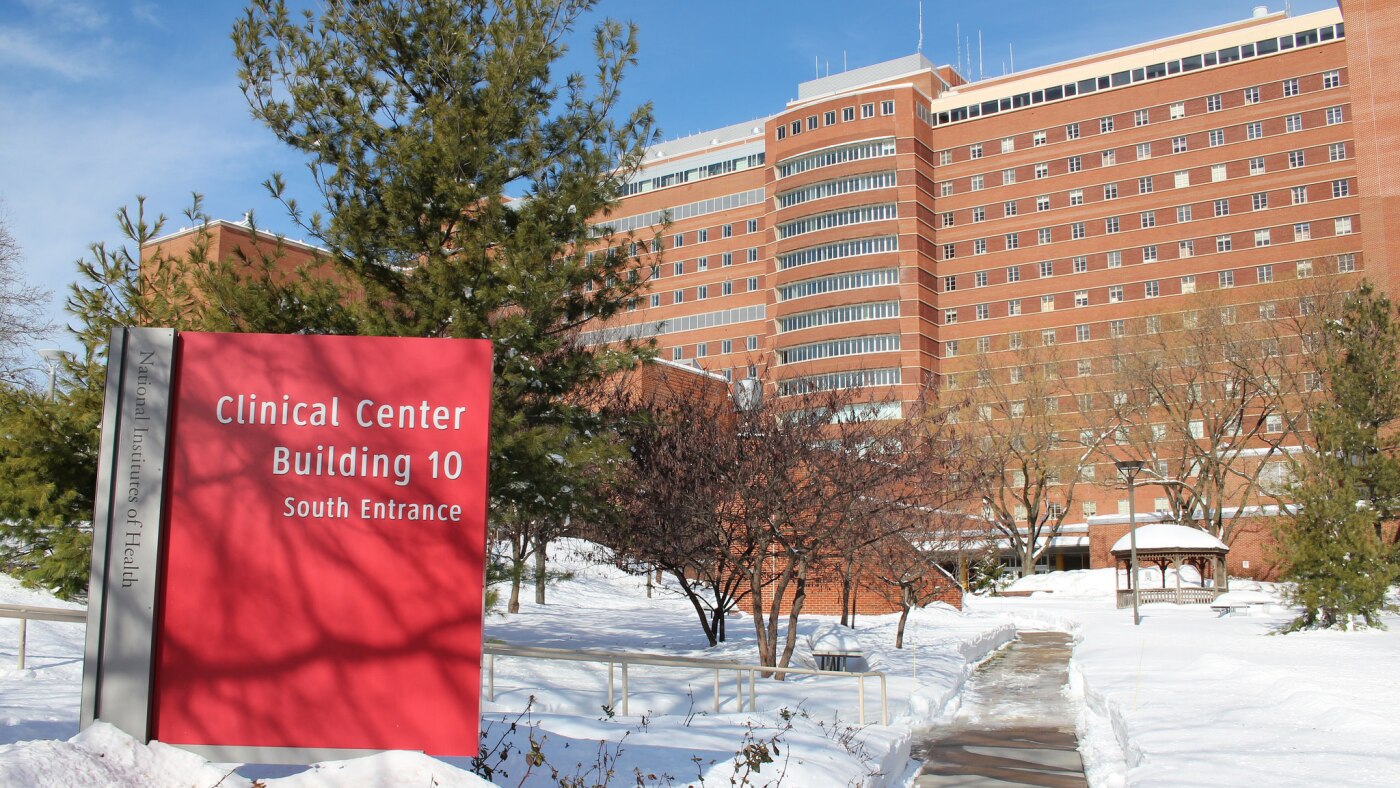Inside NIH: A Looming Shadow of Uncertainty

A wave of uncertainty and anxiety is sweeping through the scientific community, casting a shadow over the expansive National Institutes of Health campus and research institutions that rely on its critical funding. Researchers and medical professionals are grappling with mounting concerns about the future of scientific research and institutional stability, creating an atmosphere of palpable tension and apprehension.
The sprawling NIH complex, typically a beacon of medical innovation and scientific discovery, now finds itself at the center of a growing storm of uncertainty. Scientists who have dedicated their careers to groundbreaking research are experiencing unprecedented levels of stress, unsure about potential funding cuts, research continuity, and the broader implications for medical advancement.
Across laboratories and research centers, whispered conversations and worried glances have become commonplace. The usual atmosphere of collaborative exploration has been replaced by a sense of vulnerability, as professionals wonder about the potential disruptions to their life's work and the critical research that could impact countless lives.
